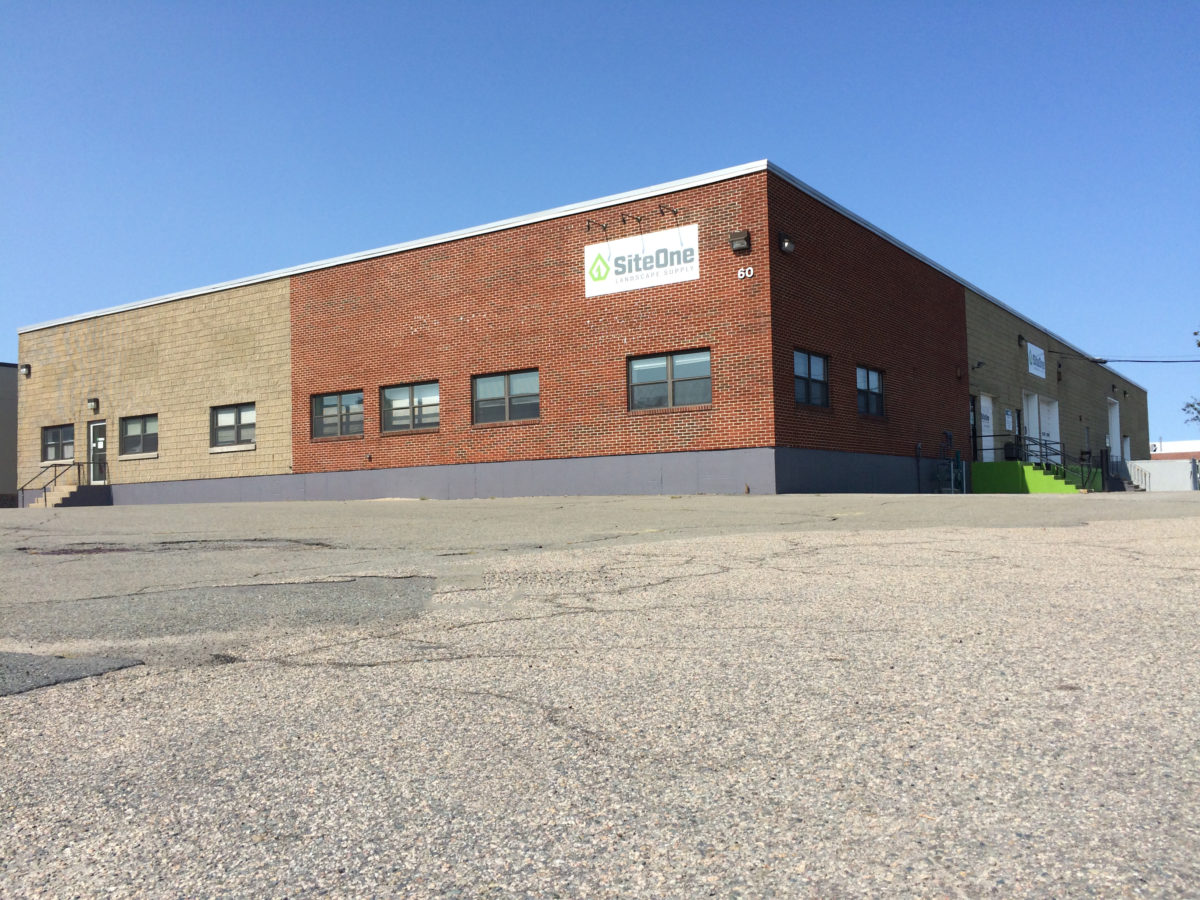The Business Plan
Considering that the tenant contractually controlled the property for up to 9 years, our business plan assumed ownership for that full duration, with a sale at the end of year 9. Based on projected net income at new, higher market rates, as well as our predictions for cap rates at that time, we projected annualized returns in the mid-teens based on our assumptions over the 9-year hold period. This included the preferred return of 7% paid quarterly which we would be able to pay our equity investors along the way because of how we purchased the property…beginning with an 8.16% unlevered return going in.
Again, we raised equity based on what we believed was the “worst-case scenario”, a conservative position that would at least accomplish what is always our ultimate goal…to generate greater than market returns related to the risk in the deal. That being said, our multi-level analysis of the “what ifs” of the potential situation at the property…early exit of the tenant, change in use, positive market dynamics, as discussed earlier, etc., and how those scenarios could affect value were constantly monitored.

